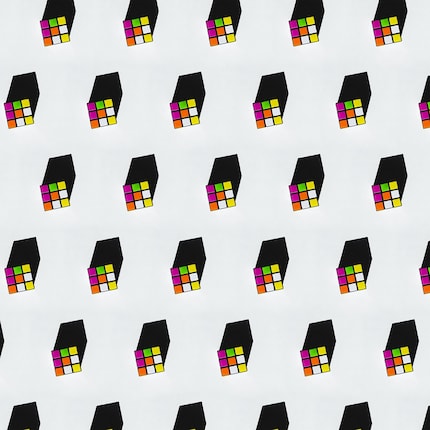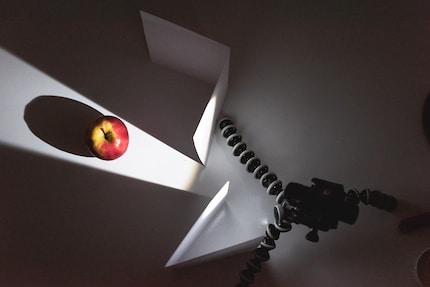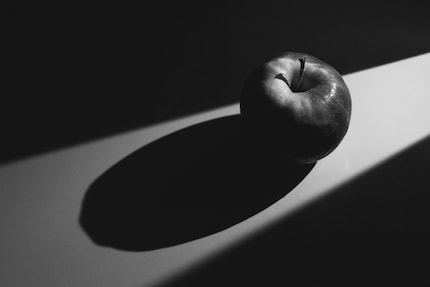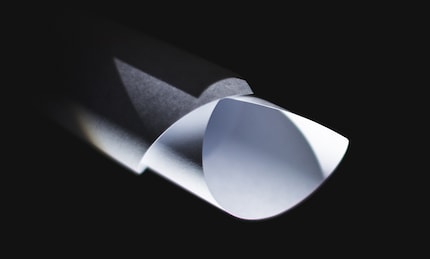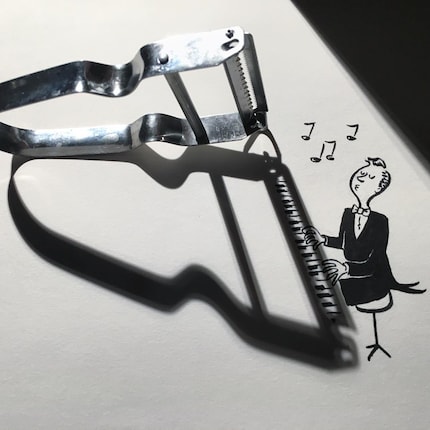
Guide
Tips for better forest photos
by David Lee

Can't find anything exciting to photograph at home? You're right. But with the right light and shade, even the most mundane motifs become captivating.
Is it possible to take exciting photos without leaving the house? It's no coincidence that one of the best photo tips is to get out of the house. Being in the right place at the right time is far more important than having an ultra-sophisticated camera.
In my case, the fact that my flat is not photogenic is an additional factor. I own virtually no decorative objects. Most of the things around me - lots of cables and adapters - are not aesthetically pleasing. Things I don't even want to see, let alone photograph. (The following article is in German.)
But all it takes is one simple trick to make even the most boring objects exciting: shadow play. Here's a USB cable.
Of course, the idea came from Tom, our photographer, who also started working on a few examples at home. Crime scene: kitchen table, 10 o'clock.
What we want are high-contrast images in black and white. To achieve this, we need hard light. Photographers often go to great lengths to get the light as soft and balanced as possible, using softboxes, reflectors and other aids. Hard light is considered a difficult lighting situation. In this case, however, it's absolutely necessary, because if the light is too soft, the shadows won't come out clearly enough.
You can also create a hard shadow with an LED torch, but this only works if the rest of the room is plunged into darkness. Otherwise, the diffused daylight will dim the light from the lamp.
Although midday sunlight is strongest, morning or late afternoon sunlight is more appropriate, as in full sun the shadows are too short.
As it's also possible to stage less aesthetically pleasing objects well, it doesn't matter what you take. Just make sure you choose an object with a complex shadow. A fork, for example, casts a much more interesting shadow than a knife or spoon. Thanks to their transparency and reflectivity, glasses have very interesting shadows. The same applies to objects with holes.
But be warned: not all complicated shadows produce good results. And, interestingly, the reverse is also true. Take a cube, for example. There's hardly a more boring shape. But the simple geometry and its shadow create very clear shapes and lines. Combined with black and white, and hard contrasts, the whole thing looks even stricter. Everything is simplified to the maximum. It has a similar effect to a logo.
Depending on the intensity of the light and the shadows already present at the time of shooting, you will need to intervene more or less strongly. There are no fixed rules.
Something simple has the advantage that it can be developed further. In the case of the cube, the image doesn't necessarily have to be black and white. It's still quite simple, even in colour. By repeating the pattern, you can turn it into a pattern. Download this image as wallpaper
A sheet of paper folded in the middle can be placed on the table to reduce the light gap. We recommend using a torch or your smartphone for this. It doesn't take much effort and the result is quite surprising. Tom fixed the torch to the tripod with adhesive tape. It's even easier when someone is holding the light source for you.
This admittedly has nothing to do with the subject of shadows anymore, but if you happen to have some paper and a torch handy, try lighting the paper.
If your name is Vincent Bal, you see a character in every shadow and make it visible to everyone by drawing it. Alternatively, his photos will give you ideas about objects that cast exciting shadows.
My interest in IT and writing landed me in tech journalism early on (2000). I want to know how we can use technology without being used. Outside of the office, I’m a keen musician who makes up for lacking talent with excessive enthusiasm.
Practical solutions for everyday problems with technology, household hacks and much more.
Show all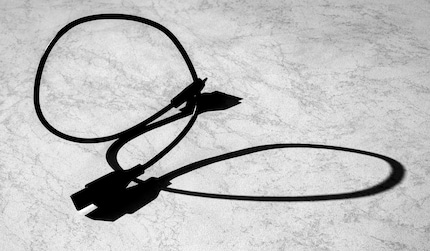

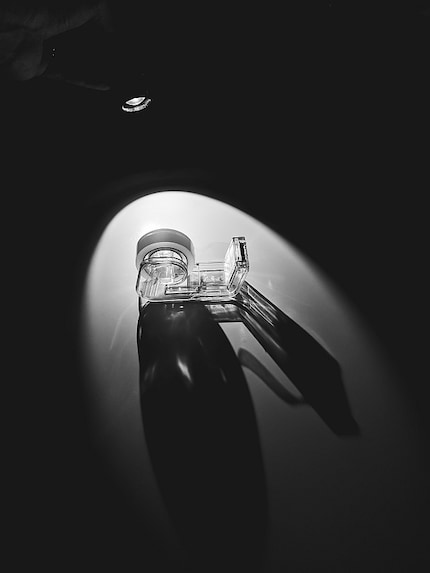
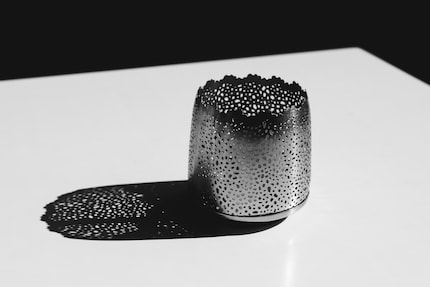
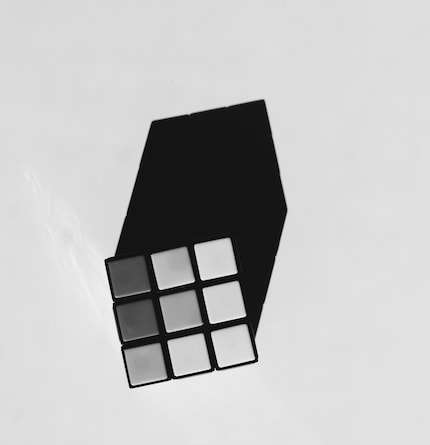
The image is converted to black and white, and the contrast is increased. You can do this in a number of ways. The simplest is the contrast control, which is found almost everywhere. In Lightroom, Tom didn't touch the contrast value, but lowered the depths and black level to get very dark shadows. The light and white values have been increased slightly. Tom has also modified the S-shaped gradation curve, which further enhances the contrast. If necessary, you can slightly raise the 'Clarity' slider to emphasise the edges even more.
